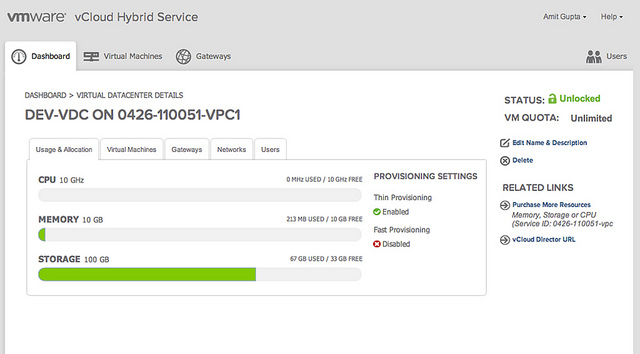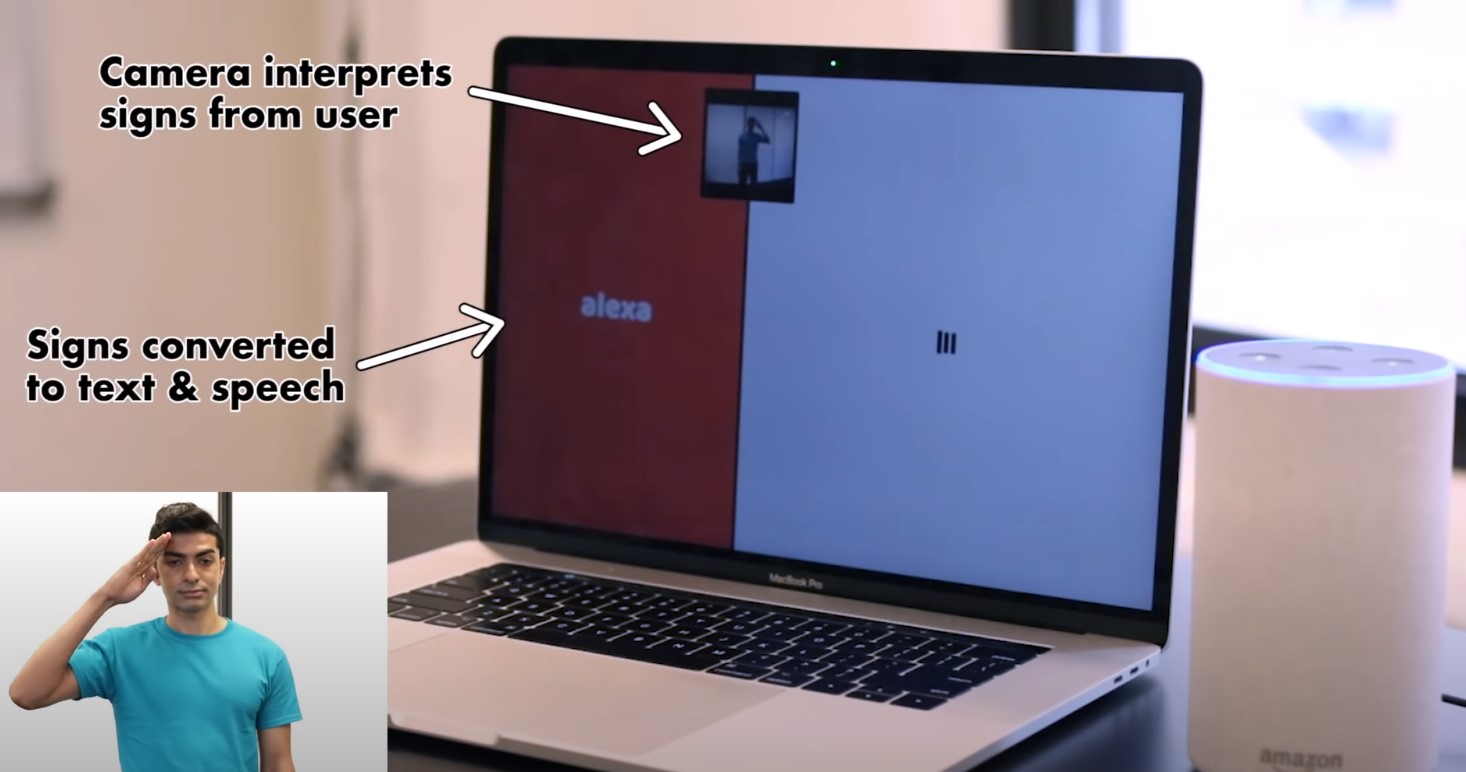Mention Red Hat and you’ll immediately think of Linux. Thanks to the success of a certain custom distribution of Linux called “Red Hat Linux” in the early years, it’s difficult to separate the two. Twenty-five years on, a lot has changed. Amongst other things, Red Hat Linux is now Red Hat Enterprise Linux. Red Hat is now the world’s leading provider of open source solutions for enterprises including hybrid cloud infrastructure, middleware, agile integration, cloud-native app development, management and automation solutions. It is also the second largest contributor to the upstream Kubernetes project.
At a recent media briefing in Kuala Lumpur, I had the opportunity to learn of a different facet of the company—its Open Innovation Labs. I met with Benjamin Henshall, general manager of Red Hat South East Asia; Sandra Arps, head of delivery of Red Hat Open Innovation Labs; and Eric Quah, country manager of Red Hat Malaysia who shared about the immersive, residency-style environment that helps accelerate business outcomes for enterprises in the Asia Pacific region (APAC).
Whether companies are solving legacy problems or tackling new challenges in the ever-changing business landscape, Open Innovation Labs aims to help customers define the path to innovation that delivers business value.
The lab makes use of innovative open source technologies to rapidly build prototypes, do DevOps, and adopt agile development.
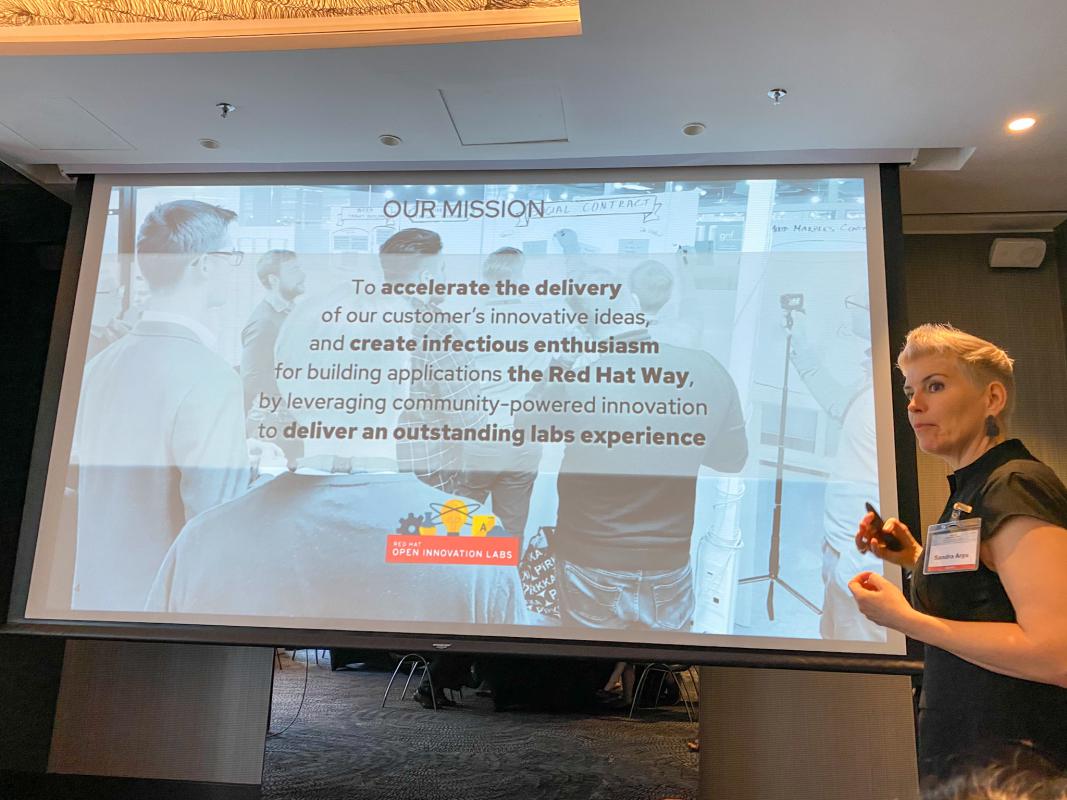
What is Open Innovation Labs?
Open Innovation Labs is a collaborative, residency-style engagement that promotes rapid innovation and development. Launched in 2017 in the APAC region, the lab has already seen enterprises across the region participating in the programme including ST Engineering (Singapore), Fukuoka Financial Group (Japan), Heritage Bank (Australia), The University of Adelaide (Australia), and National Stock Exchange of India (NSE).
Typically run across 6-8 weeks, lab customer teams work directly with Red Hat consultants and engineers at Red Hat’s physical labs, a pop-up lab or at the customer’s premises. Customer teams comprise cross-functional personnel not limited to designers, information architects, engineers, developers, infrastructure, security, compliance, management and stakeholders. Setups with external or outsourced teams are also encouraged to be part of the lab.
Benjamin Henshall explained that the lab environment reflects Red Hat’s core tenets: collaboration, transparency, inclusivity, adaptability and community.
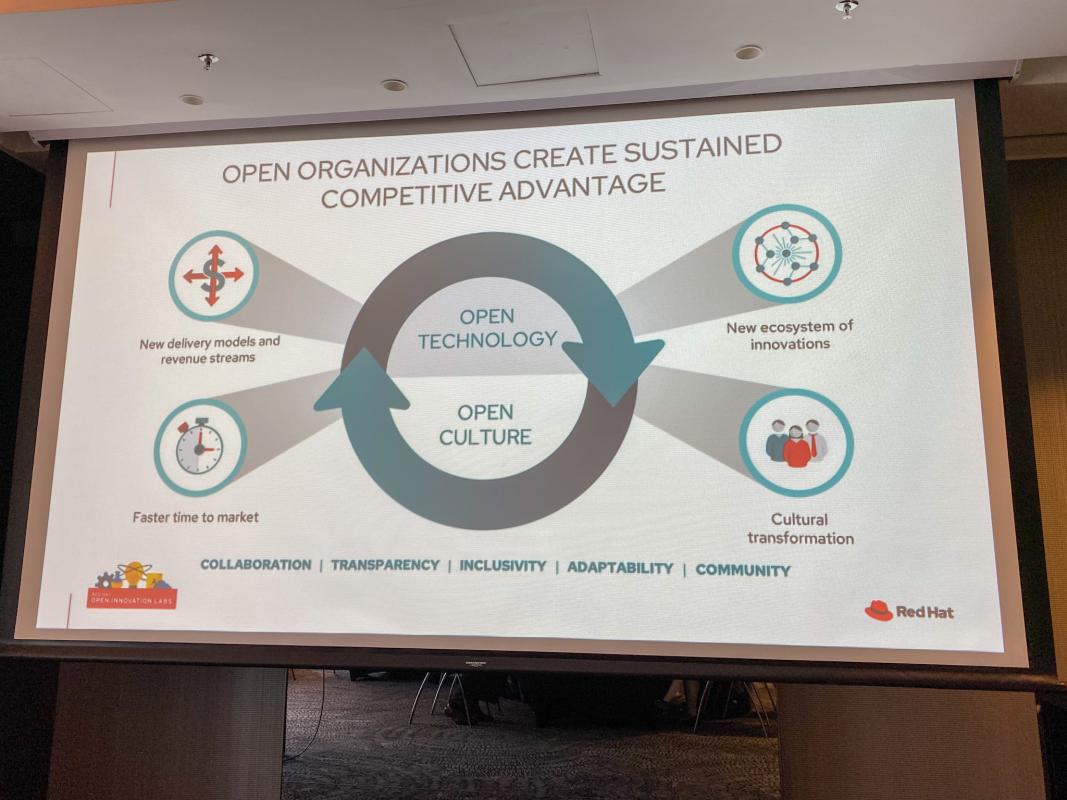
The engagement inculcates a culture of open innovation through an “open technology, open culture” model which can help create new delivery models and revenue streams; build a new ecosystem of innovations; and facilitate a cultural transformation.
How does the Open Innovation Labs engagement work?
Sandra Arps shared that the Open Innovation Labs engagement begins with a short on-site discovery session to align goals and set expectations.
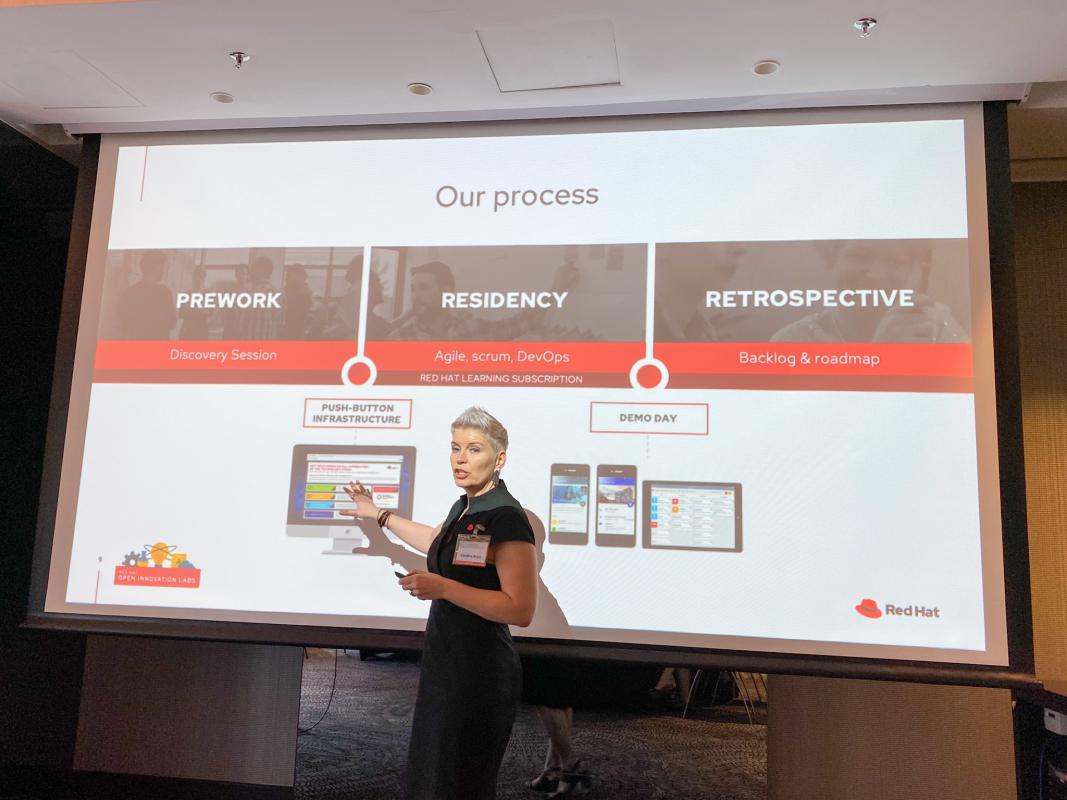
Thanks to Red Hat’s push button infrastructure and automated development environments, teams can quickly start development without wasting valuable time and resources procuring and setting up tools, services and infrastructure. This results in quicker time to value and measurable outcomes.
Over the course of 6-8 weeks, the team tackles a real business problem and identify potential solutions through event storming and impact mapping.
Employing best practices and tools from the Open Practice Library, the key is to cultivate transparency and trust on the team.
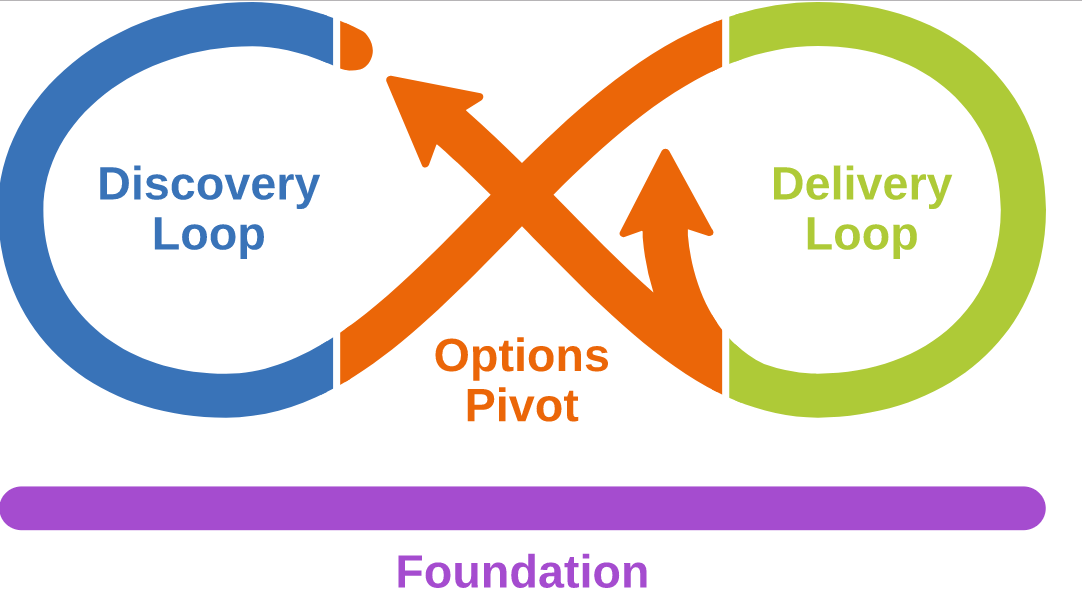
Fail fast, fail often
Customers gain first-hand experience on how to apply agile development methodologies and DevOps practices including lean and design thinking. By experimenting quickly, the customer team can quickly pivot towards set goals and build towards an integrated solution.
Arps shared that some key tools used throughout the residency include Kanban for agile/scrum, Jira for standups, Slack for team communication, as well as Confluence for documentation.
At the close of each residency, the team hosts a Demo Day to allow the team to share progress with stakeholders. Demo Days also facilitate the capturing of feedback and learnings as well as backlog ideas. Instant and honest input is essential for the team to build a roadmap for bringing the product to life.
The end of the residency does not signal the end of learning, though. The roadmap is supplemented by mentorship and enablement resources, including a Red Hat Learning Subscription. It includes a year of unlimited, on-demand access to all Red Hat training courses, so the team can continue to add practical skills to the hands-on learning experienced through the residency.
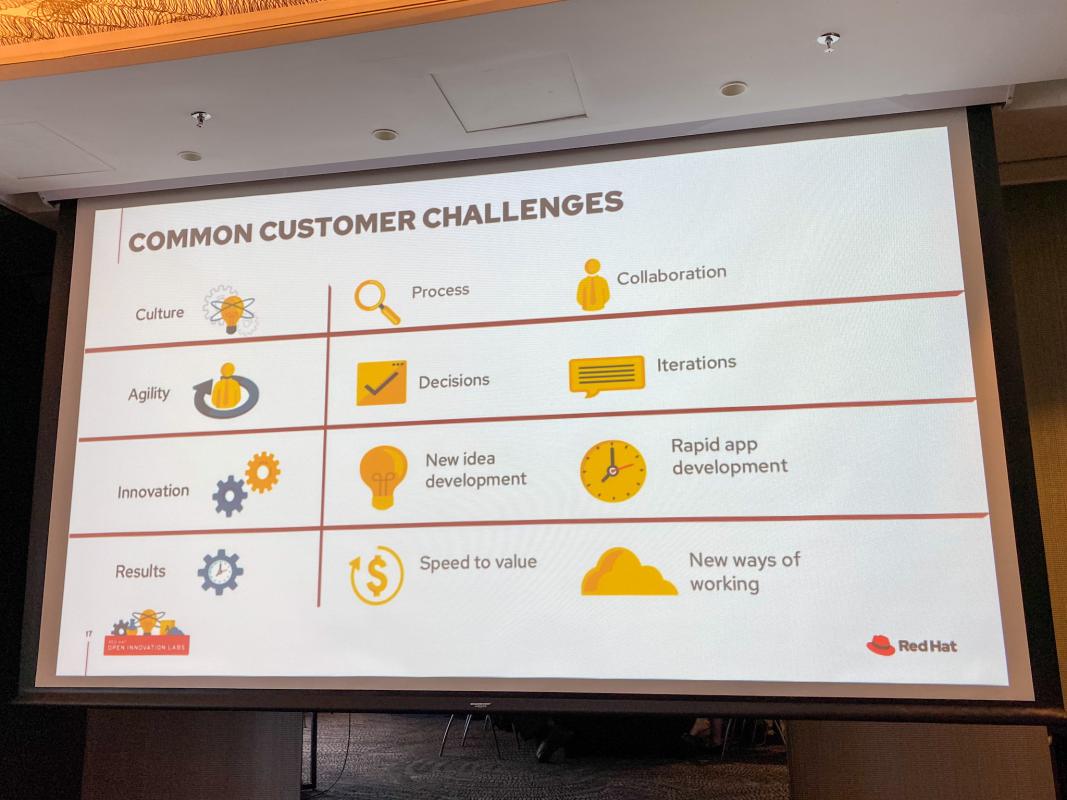
Success stories
The National Stock Exchange of India modernised its e-IPO application during its residency and adopted a DevOps strategy that helped it bring new services to market faster.
“If you want your company, your team to innovate, experiment, collaborate and embrace new culture then Red Hat Open Innovation Labs is the place to go for,” said Rajanish Nagwekar, VP – Enterprise Applications, NSE.
The teams from Heritage Bank learned how to use open source principles to integrate cross-functional teams, technology and processes during its residency. As a result of the programme, the bank can now respond to evolving business demands quickly and deliver better customer experiences.
“The Red Hat lab is the only one that truly helps drive that change with a business problem,” said Wayne Marchant, Chief Information Office, Heritage Bank.
Red Hat said verticals that benefit from the Open Innovation Labs include finance, government, telco and enterprise sectors.
The company currently runs lab residency programmes in Hong Kong, Indonesia, Malaysia, Australia, India, Japan, Taiwan, and New Zealand. It also runs various executive and discovery workshops across Australia, Indonesia, Malaysia, Singapore and South Korea.
For more information on Open Innovation Labs, visit Red Hat.



